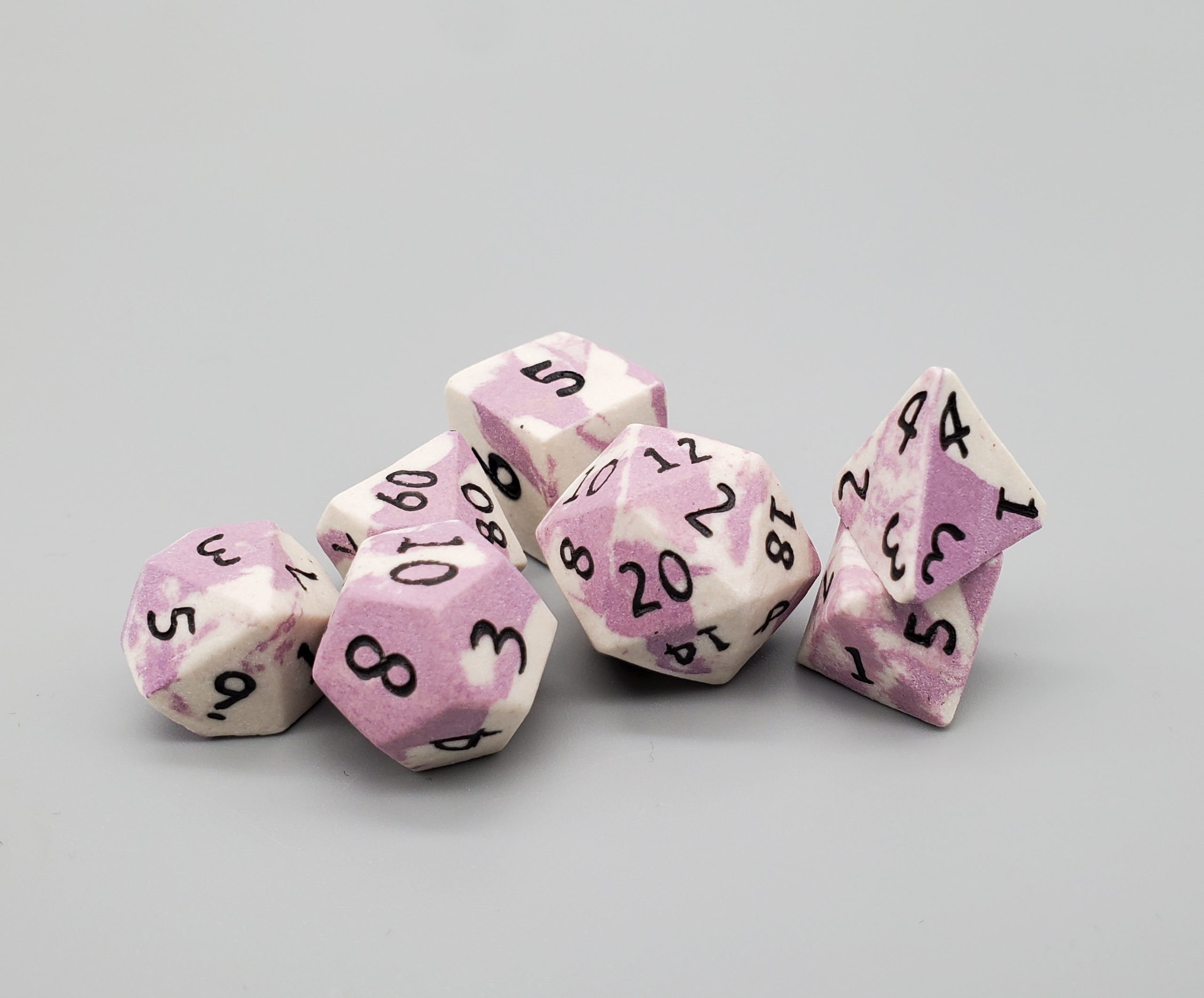The Art of Pacing in D&D Campaigns
Creating an engaging and dynamic Dungeons & Dragons campaign requires more than just a compelling story. One of the key elements that can make or break your adventure is pacing. Understanding how to pace your campaign will keep your players engaged, ensuring that both beginners and advanced players have an unforgettable experience.
Understanding Pacing in D&D
Pacing refers to the speed and rhythm at which your story unfolds. In a D&D game, this involves balancing action, exploration, and narrative development. For instance, a Gnome Wizard, with their knack for intellect and creativity, can offer unique insights into maintaining pace through spells and character interactions.
Tips for Beginners
- Set Clear Expectations: Before starting your campaign, discuss pacing preferences with your players. Some might enjoy fast-paced action while others prefer slower narrative exploration.
- Use Milestones: Break down the adventure into smaller milestones or quests to help manage pacing naturally.
Advanced Techniques
- Dynamic Encounters: Introduce varying challenges that require quick thinking or strategic planning to keep advanced players on their toes.
- Incorporate Downtime: Allow moments for characters to rest and develop relationships, enhancing storytelling depth.
A crucial element of any tabletop game is having the right tools at hand. As you master pacing in your campaigns, consider enhancing gameplay with quality dice sets like the Goblin Dice Hoard 6d6 Logo Dice Set. These dice not only add aesthetic value but also bring a touch of authenticity to every roll.
Balancing Action and Storytelling
An essential part of pacing is finding the right balance between action sequences and storytelling elements. Here are some strategies:
- Create tension by alternating between high-stakes situations and character-driven plots.
The key is variety—keeping players guessing what comes next ensures excitement never wanes!

